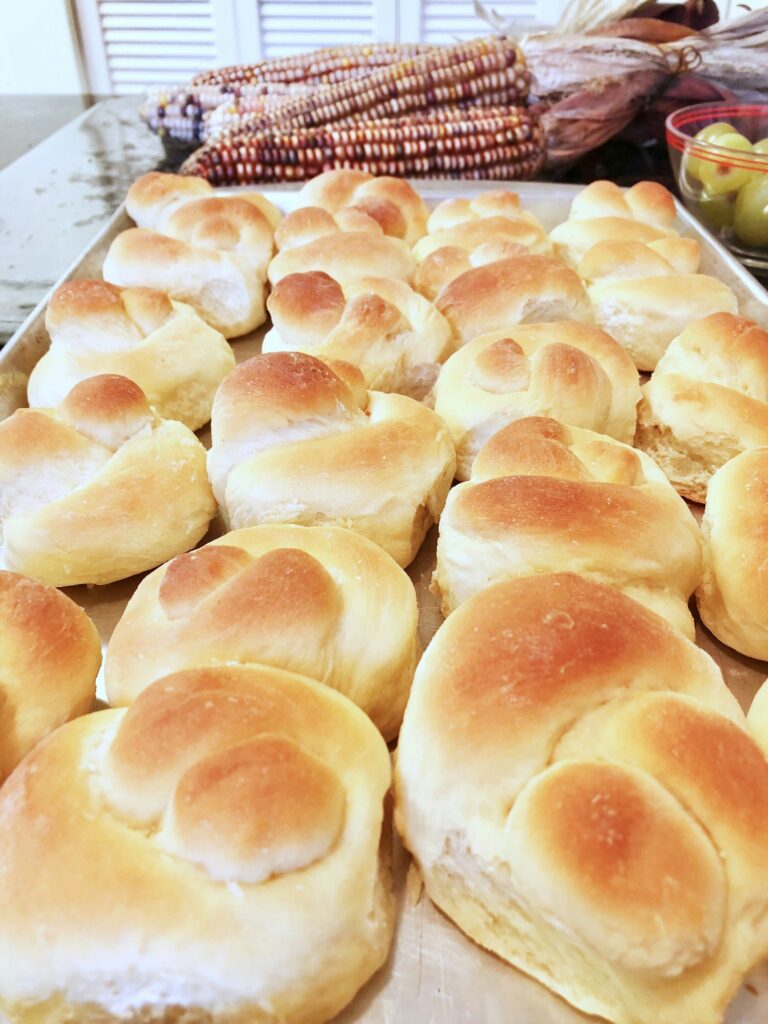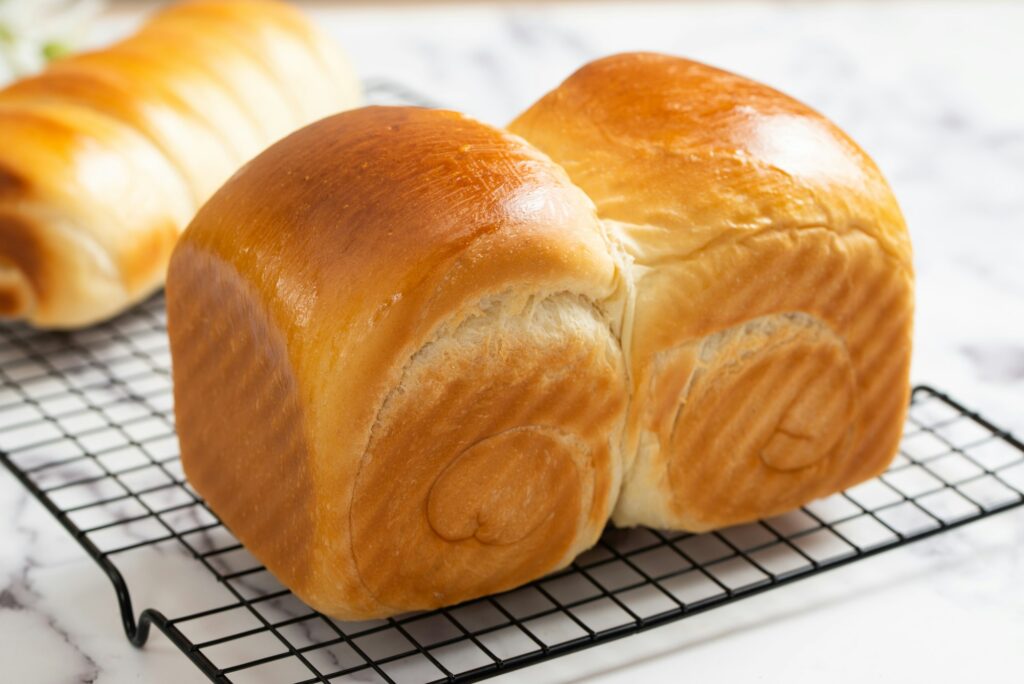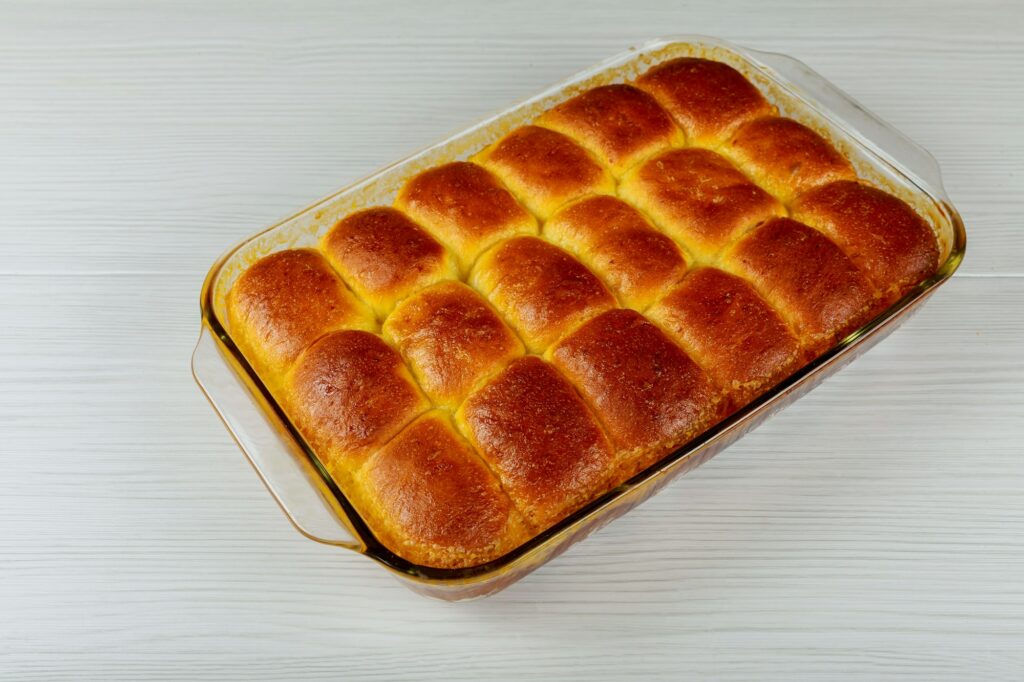The aroma of freshly baked dinner rolls wafting through the kitchen is universally appealing, promising a warm, comforting addition to any meal. These soft, buttery delights are often the heart of family dinners, holiday gatherings, and special occasions. However, the excitement of pulling homemade dinner rolls out of the oven can quickly turn to disappointment when they emerge dry and crumbly instead of moist and fluffy. Understanding why this happens is the first step to ensuring your next batch is perfect.
Baking is as much a science as it is an art, requiring precision, patience, and a bit of know-how to get right. When it comes to homemade dinner rolls, several factors can lead to them turning out dry, ranging from the ingredients used to the methods of preparation and baking. This article aims to demystify the reasons behind dry dinner rolls and provide you with the knowledge and techniques to achieve soft, moist, and delicious results every time.
Understanding the Basics of Dry Homemade Dinner Rolls
At the heart of every bread recipe is the balance between hydration and flour, which plays a crucial role in the final texture of the bread. Hydration in baking refers to the amount of liquid ingredients in relation to the flour. It’s a key factor in achieving the desired dough consistency and, ultimately, the texture of the bread. The protein content in flour also significantly affects moisture retention, with higher protein flours absorbing more water and potentially leading to drier bread if not adjusted correctly.
- Hydration: Essential for moist baking techniques, proper hydration ensures the dough is wet enough to allow gluten strands to form without being so wet that it becomes unworkable.
- Protein Content: Flours with high protein content, like bread flour, are excellent for creating chewy textures but can absorb more water, which might necessitate adjustments in liquid ratios.
Understanding these basics is crucial for troubleshooting dry bread issues and lays the foundation for more specific solutions to common problems.
Identifying and Addressing the Key Factors Leading to Dry Homemade Dinner Rolls
When it comes to perfecting homemade dinner rolls, moisture is key. However, several common factors can inadvertently lead to a batch of rolls that are disappointingly dry. Recognizing and rectifying these issues are crucial steps in ensuring your dinner rolls are irresistibly moist and fluffy.
Essential Hydration Balance:
At the heart of every soft dinner roll is the precise balance of liquids within the dough. A lack of sufficient hydration can result in a texture that’s undesirably dry and tough. It’s imperative to achieve the optimal liquid-to-flour ratio, ensuring the dough’s consistency is just right. This balance is not only crucial for the dough’s texture but also for its ability to rise properly and develop a tender crumb.
The Risks of Over-Kneading:
Gluten development is essential for giving the rolls their structure. Yet, there’s a fine line to walk. Over-kneading can lead to an overabundance of gluten, which might rob the dough of its precious moisture, rendering the rolls tough and dry. Monitoring the dough’s elasticity and stopping at the point of smoothness and slight tackiness is key.
The Delicate Art of Baking:
Achieving the perfect bake without crossing into the realm of over-baking is a delicate art. Over-baked dinner rolls lose too much moisture, leading to a final product that’s dry and hard. Paying close attention to baking times and using an oven thermometer can help avoid this pitfall.
Proper Storage Techniques:
Post-baking storage is equally important in maintaining the moisture of dinner rolls. Incorrect storage can lead to stale, dry rolls. Employing proper storage techniques, such as keeping the rolls in an airtight container or wrapping them in foil, helps retain their softness and moisture.
Addressing these factors effectively can lead to a significant improvement in the quality of your homemade dinner rolls. Ensuring adequate hydration, avoiding over-kneading, perfecting the baking process, and employing correct storage methods are all critical steps. By focusing on these aspects, you can enjoy dinner rolls that are consistently moist, tender, and fluffy, enhancing the overall dining experience.
Essential Ingredients for Achieving Moisture in Dry Homemade Dinner Rolls
Selecting the appropriate ingredients is crucial in the art of baking, especially when the goal is to create homemade dinner rolls that boast a soft, tender texture. The components you choose directly influence the moisture level, flavor, and overall quality of your rolls. Here, we delve deeper into the key ingredients that are pivotal for crafting dinner rolls that are nothing short of moist and delightful.
Flour Selection:
The type of flour used plays a significant role in determining the texture of your dinner rolls.
- All-purpose flour is often recommended for those seeking to bake dinner rolls that are soft and tender. Its lower protein content ensures that the rolls remain moist and light.
- On the other hand, bread flour, with its higher protein content, is ideal for recipes requiring a chewier texture. However, it can absorb more liquid, which might necessitate adjustments to the hydration levels in your recipe to maintain the desired moisture.
Incorporating Fats:
Fats are indispensable for adding flavor and achieving a moist, tender crumb in your dinner rolls.
- Ingredients such as butter and oil are not just flavor enhancers; they play a pivotal role in softening the dough. This results in dinner rolls that are rich in taste and have a moist, tender texture.
- The presence of fats in the dough helps to lock in moisture during the baking process, preventing the rolls from drying out.
Hydrating Liquids:
The choice of liquids contributes significantly to the dough’s hydration, affecting the rolls’ moisture content.
- Milk is a preferred liquid for many bakers aiming to produce dinner rolls with a rich flavor and tender texture. It introduces fats and sugars into the dough, enhancing both taste and moisture.
- Water, while simpler, is equally vital for dough hydration. It supports gluten development without adding extra fat or sugar, making it a versatile option for various recipes.
Thoughtfully integrating these ingredients into your baking process is key to achieving the perfect balance of flavor, texture, and moisture in your homemade dinner rolls. Each ingredient, from the type of flour to the choice of fats and liquids, plays a unique role in crafting the ultimate moist and fluffy dinner roll. By understanding and applying these principles, you’re well on your way to baking success, delighting yourself and your loved ones with rolls that are a testament to your baking skills.
Step-by-Step Guide to Avoid Dry Homemade Dinner Rolls
Achieving perfectly moist dinner rolls is a process that begins with precise ingredient measurement and ends with the right baking technique. Here’s a step-by-step guide to ensure your dinner rolls come out soft and fluffy every time:
- Precise Ingredient Measurement: Start by accurately measuring your ingredients. Baking is a science, and the balance of ingredients is crucial. Use a kitchen scale for flour and liquid measurements to ensure accuracy. This precision will help maintain the correct hydration level in your dough.
- Mixing and Kneading for Optimal Dough Texture: Mix your ingredients until just combined, then knead the dough until it’s smooth and elastic. Be mindful not to over-knead, as this can lead to tough rolls. The dough should be tacky but not overly sticky, indicating good dough consistency.
- Proofing: Finding the right environment for proofing your dough is essential. The dough should be allowed to rise in a warm, draft-free area until it doubles in size. This step is crucial for developing the dough’s structure and flavor.
- Baking Tips: Oven temperature and timing are critical for moist dinner rolls. Bake your rolls at the recommended temperature and start checking for doneness a few minutes before the recipe suggests. Rolls are done when they have a golden-brown crust and sound hollow when tapped on the bottom. Avoid over-baking, as this is a common cause of dryness.
By following these steps, you can greatly improve the likelihood of achieving perfectly moist and fluffy dinner rolls. Remember, practice makes perfect, and each batch is an opportunity to refine your technique.
Troubleshooting Tips for Dry Homemade Dinner Rolls
Even with meticulous planning and execution, baking homemade dinner rolls can sometimes yield less than perfect results. Dryness in dinner rolls is a common issue, but with the right troubleshooting tips, you can turn potential baking fails into delicious successes. Here are expanded strategies to address common baking challenges:
Fine-Tuning Dough Hydration:
- Too Dry: If during mixing, the dough feels too dry, incrementally add liquid (water or milk) one tablespoon at a time. Achieve the perfect dough consistency by ensuring it’s neither too sticky nor too stiff.
- Too Wet: Conversely, a dough that’s too wet can be challenging to handle. Sprinkle in flour gradually, just until the dough becomes easy to work with, maintaining its pliability without sticking excessively.
Identifying and Correcting Over-Kneading:
- Over-kneaded dough often becomes tight and less cooperative. It might resist shaping and snap back when stretched. If you notice these signs, let the dough rest. A brief rest period allows the gluten strands to relax, making the dough more manageable and less likely to result in dry rolls.
Rescuing Over-Baked Dinner Rolls:
- Even over-baked rolls, which tend to be dry, can often be salvaged. Lightly brush the tops with melted butter or milk. Then, reheat them in the oven for a few minutes. This method can reintroduce moisture, making the rolls softer and more palatable.
Incorporating these troubleshooting tips into your baking routine can significantly enhance the quality of your homemade dinner rolls. Remember, the key to moist, fluffy rolls lies in understanding and adjusting the hydration, kneading just enough to develop gluten without overdoing it, and avoiding over-baking. With practice, these tips will become second nature, ensuring your dinner rolls are always a highlight of the meal.
FAQs Regarding Dry Homemade Dinner Rolls
Q: How do I adjust the dough’s hydration without ruining the texture?
A: Adjusting the dough’s hydration is a delicate balance. If you find your dough too dry, add liquid (water or milk) a tablespoon at a time, mixing thoroughly after each addition until you reach the desired consistency. For too wet a dough, sprinkle in flour a little at a time, mixing well, until the dough becomes less sticky and more manageable.
Q: What are the signs of over-kneading, and how can I avoid it?
A: Signs of over-kneading include the dough becoming very tight and difficult to shape, losing its tackiness, and becoming smooth and shiny. To avoid over-kneading, pay attention to the dough’s texture and resistance as you knead. Once it feels elastic and can stretch without tearing, it’s time to stop.
Q: Can I salvage dinner rolls that have become too dry?
A: Yes, there are a few methods to try and salvage dry dinner rolls. One approach is to brush them with a thin layer of water or milk and then reheat them in a preheated oven at 300°F (150°C) for about 5-10 minutes. This can reintroduce some moisture back into the rolls.
Q: How long should I proof my dinner rolls?
A: Proofing time can vary based on the recipe, the temperature, and humidity of your environment. Generally, you want to let the dough rise until it has doubled in size, which can take anywhere from 1 to 2 hours for the first rise. For the second rise, after shaping the rolls, it usually takes about 30 minutes to 1 hour. A good rule of thumb is to go by the dough’s appearance and size rather than strictly timing it. The dough should be puffy and soft to the touch.
Conclusion
Baking the perfect homemade dinner roll is a journey filled with learning and experimentation. Understanding the science behind what makes rolls moist and fluffy is the key to success. Remember, each baking attempt is an opportunity to refine your skills and get one step closer to achieving the ideal texture and flavor.
Encourage yourself to experiment with different ingredients, techniques, and adjustments. With patience and practice, the joy of pulling a batch of soft, warm, perfectly moist dinner rolls out of the oven can be a regular delight in your culinary adventures. Happy baking!



